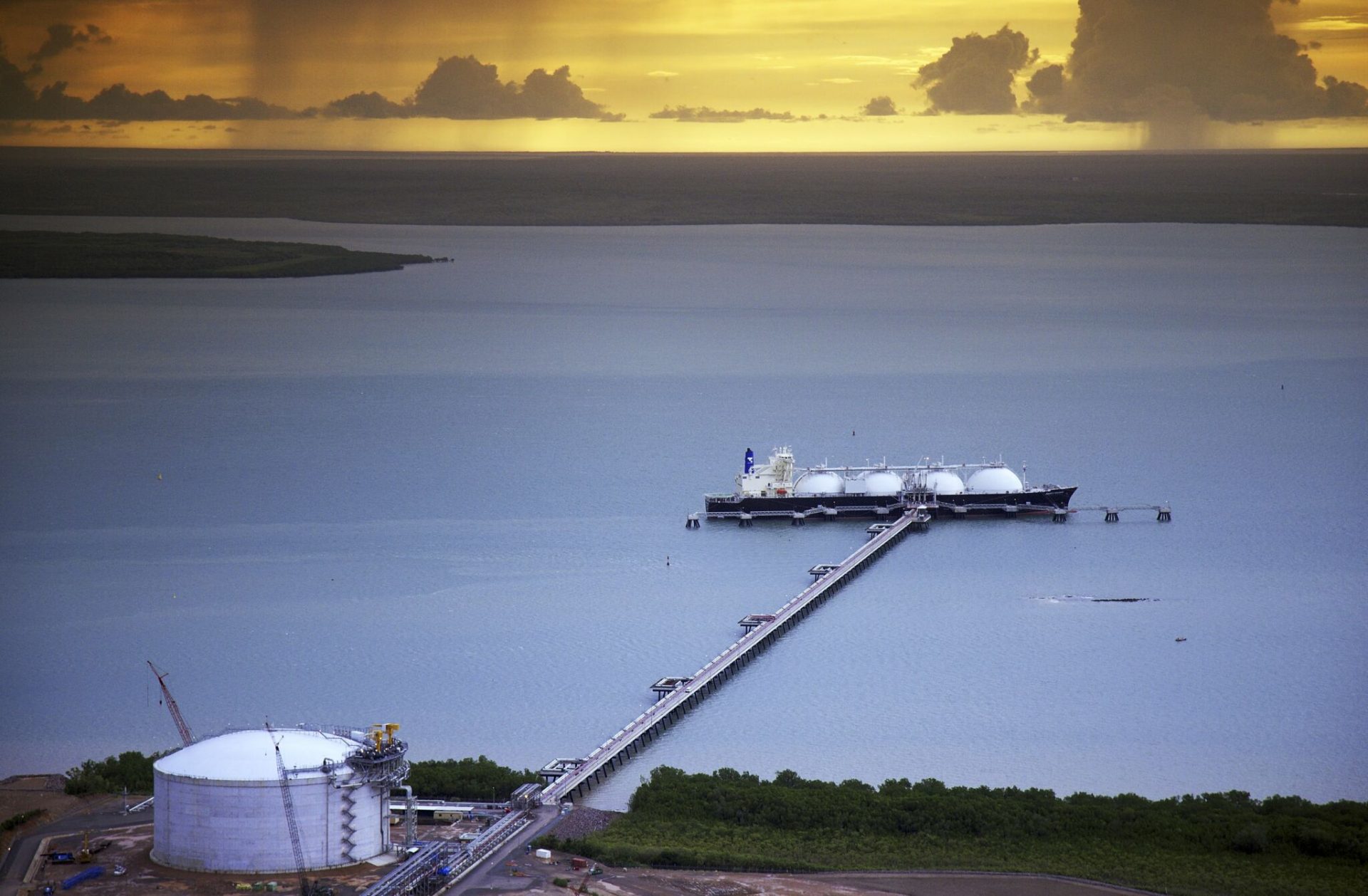Australian LNG player Santos reported a drop in its sales revenue in the fourth quarter of 2023 due to lower production and prices.
The independent LNG producer, which is in merger talks with compatriot Woodside, said on Thursday that its October-December sales revenue reached $1.48 billion.
This marks a drop of 21.1 percent compared to $1.88 billion last year, while full-year 2023 revenue of $5.88 billion dropped by 24.4 percent compared to record revenue of $7.79 billion in 2022.
Compared to the prior quarter, sales revenue in the fourth quarter rose 3.4 percent.
Fourth quarter production of 23.4 mmboe was lower than 25.6 mmboe in the same period last year but it rose 1 percent from 23.3 mmboe in the previous quarter.
Full-year production of 92.2 mmboe pre-PSC (91.7 mmboe post-PSC) was lower compared to 103.2 mmboe in 2022.
60 LNG cargoes
The Australian LNG player said its average realized LNG price of $12.33 per MMBtu in the fourth quarter rose compared to 12.02 per MMBtu in the prior quarter but it dropped from 16.92 per MMBtu in the same quarter in 2022.
According to Santos, average realized LNG prices were slightly higher than the prior quarter, with higher realized prices from Darwin LNG and PNG LNG spot sales, offsetting marginally lower oil-linked sales contracts from lagged Japan Customs-cleared Crude (JCC) prices.
Three-month lagged JCC averaged $83.08/bbl in the fourth quarter of 2023 and compares to $84.04/bbl in the third quarter.
Moreover, Santos’ LNG projects shipped 60 cargoes in the fourth quarter, of which nine were sold on a JKM-linked basis, two from Darwin LNG, six from PNG LNG, and one from GLNG.
In November 2023, the last LNG cargo produced from the Bayu-Undan gas field has sailed from the Santos-operated Darwin LNG plant in Australia’s Northern Territory.
Barossa 66.4 percent complete
Santos managing director and CEO, Kevin Gallagher, said that the fourth quarter “brought free cash flow for the full year to $2.1 billion, an outstanding achievement in what has been a challenging year.”
“Free cash flow of $1.6 billion year-to-date positions the company well to deliver shareholder returns, backfill and sustain our existing business, while also investing in our major projects and progressing our decarbonization plans,” Gallagher said.
“It positions us well to deliver shareholder returns, backfill and sustain our existing business, complete our major projects, Barossa and Pikka, progress our decarbonization plans and grow our Santos Energy Solutions business,” he said.
Back in 2021, Santos took a final investment decision for its $3.6 billion Barossa project to secure feed gas for the Darwin LNG plant.
Natural gas would be extracted from the Barossa field, located in Commonwealth waters about 285 kilometers offshore north-north west from Darwin, and transported via a pipeline to the existing DLNG facility.
Earlier this month, the Federal Court of Australia dismissed an application and discharged the injunction that prevented pipelay activities along the Barossa gas export pipeline.
Gallagher said the Barossa pipelaying and drilling activities were now fully under way with first gas still expected in 2025.
The Barossa gas project is now 66.4 percent complete.
“Given the challenges of the past two years, we have updated our cost and schedule guidance for the project. The team has done a great job in keeping Barossa close to the original schedule and managing the costs of delay,” he said.

